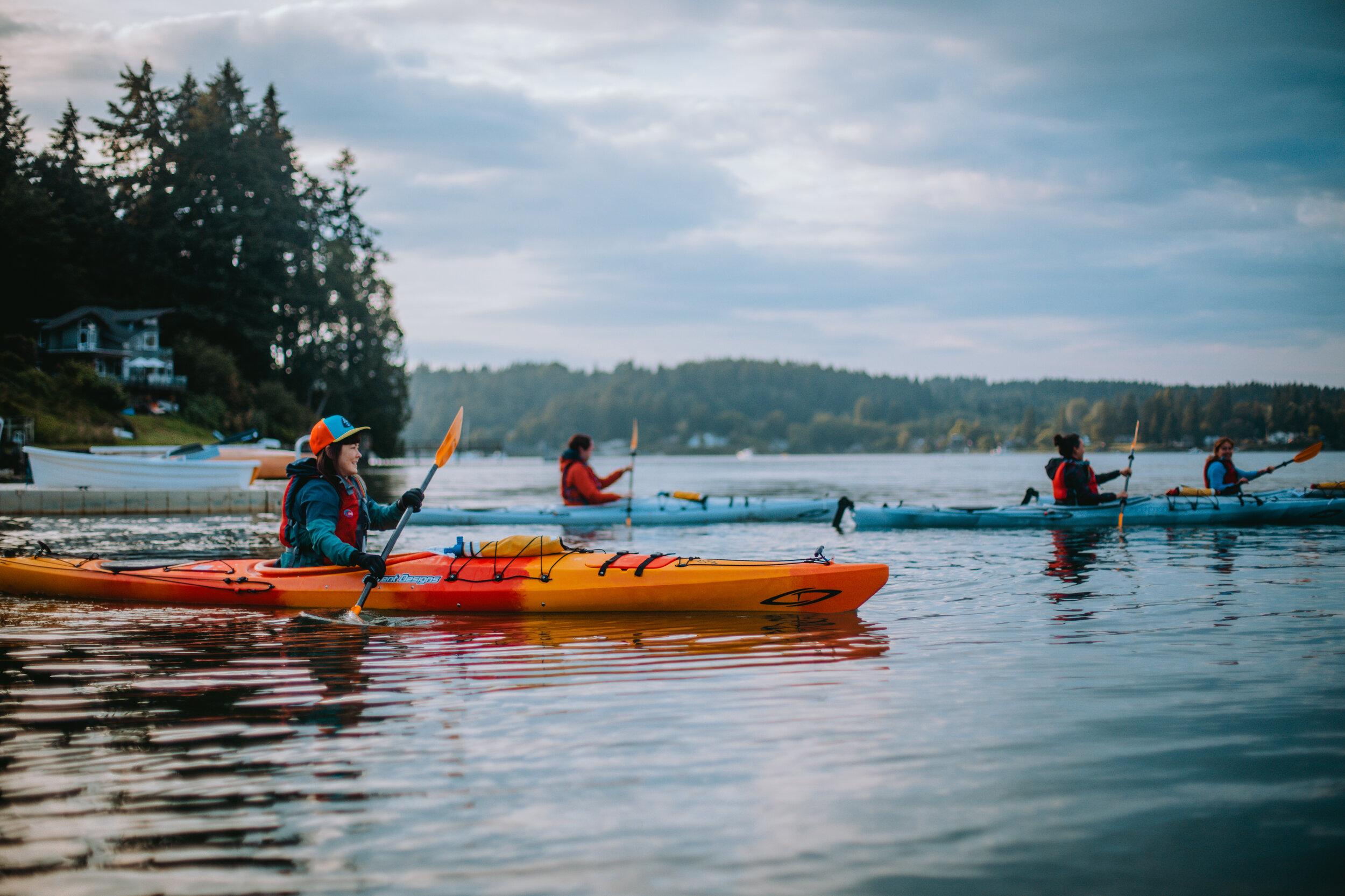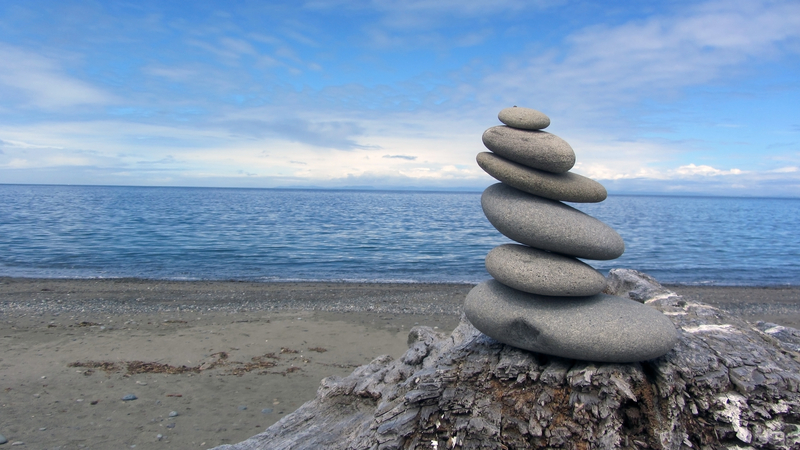The question often comes up about the public use of private beaches, and where private property ends and public land begins.
In researching this article, I spoke with Tim Gates, who is the Policy and Operations Manager at the Department of Ecology in the Shorelands and Environmental Assistance Program.
I learned from him that the rules surrounding beach use are quite complicated, and at their root, they date back to Roman times in the form of the Public Trust Doctrine.
The Public Trust Doctrine originated in the time of Justinian, when it was decided that the sea, the shore, the air, and running water were public commons that anyone could use.
This law was adopted into English law, and carried over to the colonies and adapted into the law of the United States. These rules are mainly common law- meaning they weren’t written by a legislature, but rather are based on precedent set by court cases. No court case has explicitly allowed people to cross private property to get to public tidelands or water. However, court cases have upheld the rights of the public to use public tidelands and water.
This means that anyone can boat or swim in the water, even if the water is above private property. So, if you own a beachfront property, you own the land, but not the water. However, people can’t cross your private property to get to public water.
According to the website of the Department of Ecology of Washington State, “The Public Trust Doctrine does not allow the public to trespass over privately-owned uplands to access the tidelands. It does, however, protect public use of navigable water bodies below the ordinary high water mark.”
According to Tim Gates, “To date, no published Appellate or Supreme Court decisions in Washington State have ruled on whether walking on the beach or wading in the water on privately owned beaches, streambanks and tidelands is a right under the Public Trust Doctrine.” This means that no case has said you can walk on someone else’s private property. This implies that you cannot walk on someone else’s private property.
Although most land use is determined by common law, there has been some legislation around it. In 1969, the Washington State legislature declared it illegal for governments to sell off public roads that extended to tidelands. That means, if a road extends to a beach, then it is a public access point, and people can use the road to get to the public parts of the beach.
So, if you have a beachfront property, if there is access to it from a public road, then people can use the part of the beach that would be a natural extension of the road.
But where does your property end and the beach begin? That varies by property.
Beachfront properties were sold at different times, and they have different property lines.

Surveyors use the tidal averages for the 19 years previous to the house’s sale to determine the property line. The lines are generally based on either Extreme Low Tide or Median High Water. So, neighbors might not have the same property line.
To know where your property ends, and where you can place No Trespassing signs, you would have to consult the deed to your house.
More info:
The Legal Dilemma of Beach Walking
A 1987 case, Orion v. State, found that while the Shorelines Management Act supports the Public Trust Doctrine, it does not replace it. The public retains intrinsic rights to use the shorelines, though the limits of those rights have never been fully defined.
“There are no clear answers in Washington state as to the right of walking on the beach,” Panesko said. “The Public Trust Doctrine is a very sexy concept that everyone likes to talk about. You will find all kinds of articles positing all kinds of theories.”
Read More – Kitsap Sun





